Color to Shape Your Novel
We all know the power of color, and books have been written in detail on the effect each color has on a person. One book that is particularly fascinating on the topic, should you be interested in going deep into color symbolism and subtext in your novel, is If It’s Purple, Someone’s Gonna Die, by Patti Bellantoni. This book helps filmmakers choose the right colors for their stories and showcases more than sixty films discussing the deliberate use of color for impact. Filmmakers have to be particular keyed into color, since their work is so acutely visual.
Color is powerful and often completely ignored by novelists—or used randomly without purpose or just to make a fashion statement—whereas filmmakers have to be keenly aware of the subtle and often subliminal effects of different colors. Listen to what Bellantoni says:
Films as varied as Cabaret, Dick Tracy, and The Sixth Sense all use purple to foreshadow death . . . Both Gwyneth Paltrow’s bedspread in Shakespeare in Love and Nick Cage’s bedspread in Moonstruck are a hot orange-red, and they certainly accompanied lusty activity in those films . . . A strong color elicits a strong visceral response. This, in turn, can set up an audience to anticipate a particular action.
Colors indeed have their own language, which can visually help define a character arc or layer a story. In Malcolm X, for example, bright, “look at me” red is the color that defines Malcolm’s cocky small-time hoodlum years; blue, the contemplative years in prison; and gold, his enlightened time in Mecca. Each of those colors layers the journey of this man and has a different (and cumulative) effect on the audience. Red is energizing, blue affects introspection, and golden light inspires the spiritual or enlightened. Wynn Thomas, production designer for Malcolm X, describes how he envisioned the film in three acts, each defined by a particular color . . .
My research suggests it is not we who decide what color can be . . . [but] I am convinced, whether we want it to or not, that it is color that can determine how we think and what we feel.
Not Just Color but the Quality of Color
This can open up a whole new way of scene designing for novelists (and requires wearing yet another new hat—the production designer’s). Novelists can infuse their scenes with color, whether vibrant and obvious or drab and washed-out. When you have a character, in her POV, who sees the world around her as drained of color, in sepia tone, or in shades of gray, you indicate how she feels about her setting in that moment. Washed-out color could imply memory loss or fading emotions. They can imply a disconnect to place or people.
Filmmakers sometimes tone everything down except for one or two objects in the frame to make them stand out. A POV character can also perceive something similarly when one object appears to be brighter than anything else around it, or a glare of light shines on it, highlighting it in a symbolic way.
If you, the novelist, have an understanding of the subtle effect of color, you can purposely put these colors in your scenes—either blatantly or subtly—to help enhance the mood of the reader. Many great novelists use color in a powerful way, such as found in Toni Morrison’s novel The Bluest Eye. In her novel the color blue is forefront in symbolism and theme.
Learn and Utilize the Power of Color
You may not want to put that much emphasis on color, but a deliberate choice of color or tint in your scenes can be like a brush stroke of paint on a canvas used to good effect. Image systems work best when they “support and add meaning to, and not become, the point of a film” (Gustav Mercado), and so a touch of color can go far.
So take some time and research the effects of various colors on the human psyche, and play around with ideas on how you can integrate specific colors symbolically into your image systems for your novels. Seeing your scenes with a cinematic lens involves so much more than choosing the right camera shot, as you are now beginning to see. Every segment of your scenes, if planned with deliberation and by using a filmmaker’s eye, will come to life and be supercharged in ways you never imagined. Readers will be moved more powerfully by your story, and may not even know why. But you will know.
This week, do a little research into the symbolism of colors and see if you can find two or three colors that might have a place in your novel. Can you think of places where a splash of a particular color might act as a symbol or create a subconscious mood? What color best fits your protagonist? Your antagonist? The tone or theme of your novel? think of an object or two with one of those colors that can also work as an emblematic image or motif in your novel. Discover anything interesting? Share some thoughts in the comments!

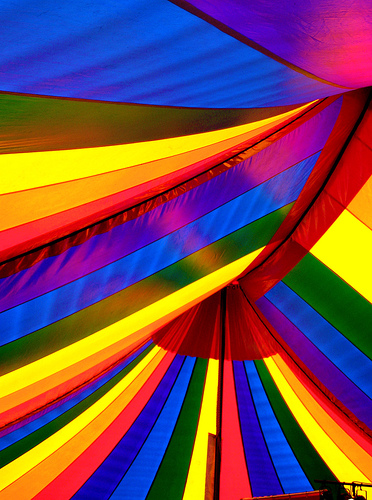
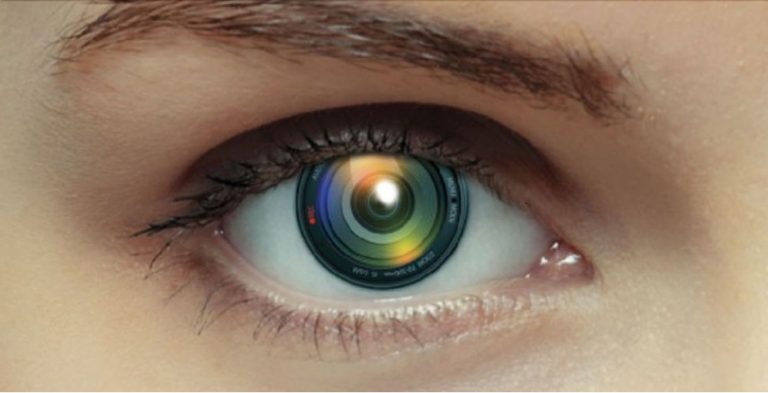
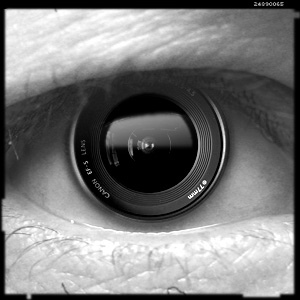
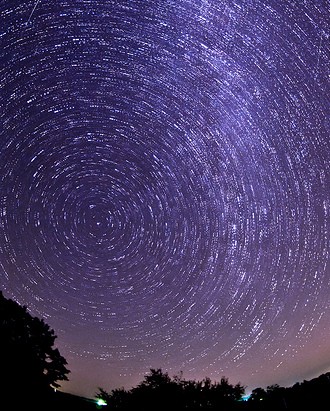

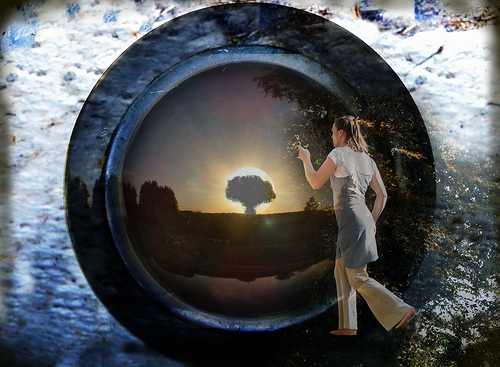





It’s not just the prime colors, but the descriptions of their variations that are useful. My POV character in one novel was a professional artist so I kept color charts beside me so I’d use the term for the color that she would use.
Comparisons of colors work well, too. If that viewpoint character is an expert on antiques, someone’s eyes might be the color of Delft blue china.
Using colors like this, not only creates a picture and a feeling, but more depth to characters.
Thank you for this informative post. I’ve been looking for ideas or research on how color affects reader’s choices – specifically when it come to the book’s cover. I’d like to receive more information about this interesting subject.
Miss Lakin:
I have recently been chastised for using someone else’s information on my blog. I feel this information on color is very important to my readers (who may become writers) is it possible that I can again, use the information you have provided, (with proper credits to your work) in my blog.
I would appreciate your answer.
Regards,
James M. Copeland
I’m surprised. It is usually perfectly fine to reprint or reuse a blog post so long as you both credit the original post and author and link to that post! I am happy to have you spread my posts around!
That’s not how copyright works. Unless the author gives permission or the site allows copying material, you have no right to republish the material.
The simplest thing to do with articles is to give a link to the original source.
For more general information on copyright, I suggest my articles on the subject.
http://mbyerly.blogspot.com/2009/03/readers-guide-to-copyright.html
http://mbyerly.blogspot.com/2011/11/quoting-book-on-your-blog.html
Thanks for sharing this. I didn’t know this applies to blog posts. I always ask permission, though. But after you mention needing permission, you say you can link to the original source. Can you do this latter action without first getting the writer’s permission or not? I am only talking about blog posts, which to me are much different than a published article in a magazine or online ezine that may hold rights to that piece.
Sure. It’s legal because you are just providing a link which drives traffic to a site which most bloggers consider a good thing.
In a few cases, blog sites have cried foul, but these tend to be large news sites, not the kinds of sites most of us link to.
Great article Susanne! When I was in my early 20s I wanted to be an interior decorator and I studied a lot about color and how it not only affects but also reflects our mood. Though my career took a whole different direction the knowledge I gained from reading about color has been highly valuable.
I use color in some form or another of my writing, both fiction and nonfiction. I try not to describe my characters’ physical attributes too much (because I feel their personalities give the reader the picture they want to see) but when I do need to describe them I almost always use their eye color, such as “bluer than mist in the mountains”. I appreciate it when authors do this, instead of simply saying “he had blue eyes.”
I notice writers often only note eye color, but I’m sure few ever deliberately use colors in their scenes to create mood, and it can be very useful.